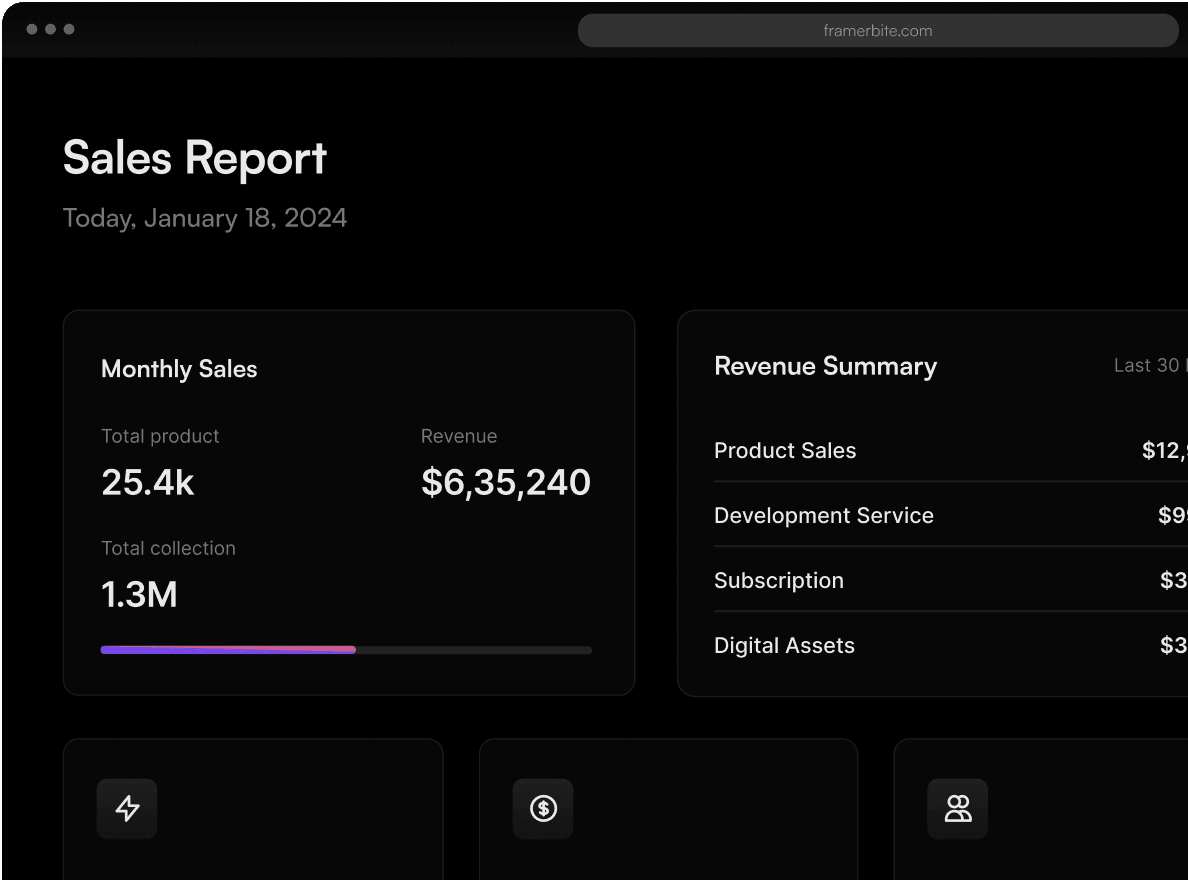8 November 2024

Connecting Marketing APIs: Best Practices for Efficient Data Transfers in 2025
API integrations play a crucial role in digital marketing, allowing teams to connect various platforms and unify their data seamlessly. In 2025, marketing teams rely on APIs to transfer data efficiently across ad platforms, CRM systems, and analytics tools. This guide explores the best practices for connecting marketing APIs and provides insights into how you can optimize your data transfers.
The Importance of API Integration in Marketing
APIs (Application Programming Interfaces) allow different software systems to communicate with one another, enabling marketing teams to collect and integrate data from various sources like Google Ads, Meta Ads, and CRM platforms. Proper API integration can:
Automate Data Collection: Automates the transfer of data between systems, reducing manual tasks and saving time.
Ensure Data Accuracy: Minimizes errors in reporting by ensuring data is updated in real-time.
Streamline Reporting: Centralizes data into one unified platform, simplifying the reporting process.
Best Practices for Connecting Marketing APIs
To make the most out of your marketing APIs, follow these best practices for a streamlined integration:
1. Ensure Compatibility Between Platforms
Before connecting APIs, verify that the systems you’re using are compatible and can integrate without additional middleware. This reduces the complexity of the setup process and ensures smoother data transfers.
2. Prioritize Real-Time Data Syncing
Marketing teams benefit most from tools that provide real-time data syncing. Real-time API integration allows for instantaneous data transfers, giving teams the ability to monitor and react to changes as they happen.
3. Use a Secure API Key Management System
API keys are sensitive pieces of information that grant access to your marketing data. Implementing a secure key management system protects your data and ensures only authorized users have access.
4. Monitor API Usage and Performance
Regularly monitor API performance to ensure it is functioning correctly and efficiently. This can help identify bottlenecks or errors in data transfers that may impact campaign performance.
Tools and Solutions for API Integration in 2025
There are several tools available for marketing API integration, each offering unique advantages:
1. Octify
Octify provides a seamless API integration experience by connecting multiple marketing platforms, such as Google Ads, Meta Ads, and more. It offers a no-code setup, making it easy for marketing teams of any size to integrate their data efficiently.
Real-Time Syncing: Octify’s real-time API syncing feature ensures data is always up-to-date.
Security Measures: With built-in key management, Octify prioritizes data security during API transfers.
2. Funnel.io
Funnel.io supports a variety of marketing APIs and integrates well with business intelligence tools. It is suitable for teams needing complex data manipulation and offers flexibility in customizing API connections.
Advanced Configuration: Allows users to customize API calls, providing more control over data flow.
Drawback: The complexity may require technical expertise, making it less suitable for smaller teams without dedicated technical resources.
3. Supermetrics
Supermetrics offers API connections primarily for Google Sheets and other spreadsheet applications, providing an easy-to-use interface for marketers who prefer working within familiar platforms.
Ease of Use: Quick integration with Google Sheets makes it a preferred choice for small businesses.
Consideration: It may lack advanced customization options needed for complex data workflows.
Steps to Implement Efficient API Connections
To successfully implement and optimize API connections for your marketing efforts, consider the following steps:
Plan Your Data Flow: Determine which platforms you want to connect and map out how data will flow between them.
Test API Integrations: Before launching, test the APIs to ensure they are transferring data correctly and efficiently. Identify and resolve any issues during this phase.
Secure Your APIs: Implement authentication measures and secure key management to protect your marketing data from unauthorized access.
Monitor and Optimize: Regularly review your API connections to identify opportunities for optimization, ensuring that they continue to perform efficiently as your marketing needs grow.
Relevant Links:
Google Ads API
Common Challenges in API Integration and How to Overcome Them
API integration is not without its challenges. Here are some common issues and how to address them:
Data Discrepancies: Discrepancies can arise when integrating data from different sources. To mitigate this, set up regular audits and cross-check data between platforms.
Rate Limits: Many APIs have rate limits that can restrict data flow if exceeded. Understanding these limits and planning accordingly can help avoid disruptions.
Compatibility Issues: Some older marketing platforms may not fully support modern APIs, leading to compatibility challenges. In such cases, middleware solutions or third-party connectors might be necessary.
Conclusion
API integrations are essential for efficient data management in marketing. By following best practices and using the right tools, marketing teams can streamline their data processes, enhance accuracy, and optimize their campaigns.
Looking for a solution that simplifies API integration? Try Octify’s demo to explore how it can streamline your marketing API connections.



